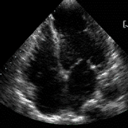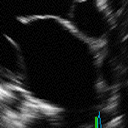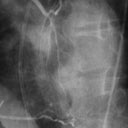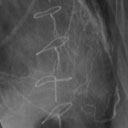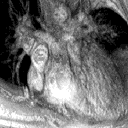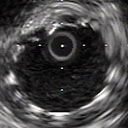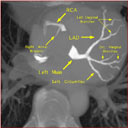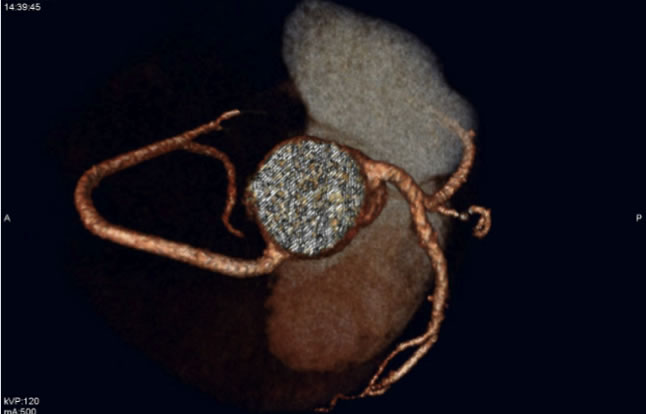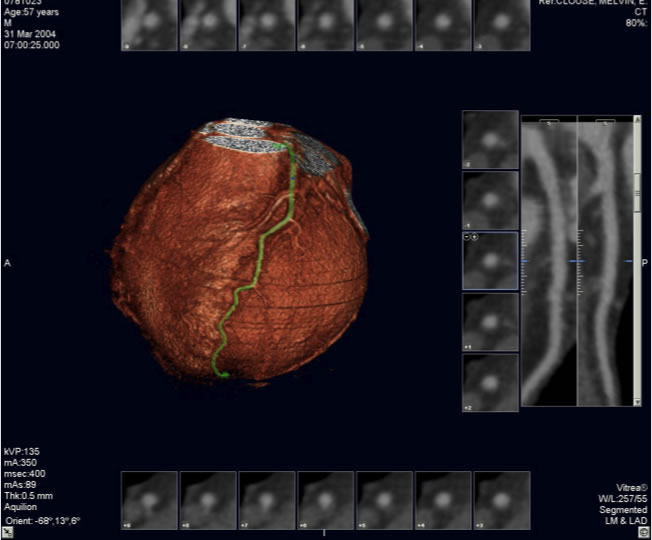
The Cardiac Imaging Center offers
mutlilevel cardiac imaging including Nuclear Perfusion and functional
scans, Angiography, Structural, functional, coronary, and perfusion Magnetic
Resonance Imaging, 320 Detector Computerized Tomography, 2D, #D, and 4D Echocardiography, electromagnetic mapping, and
intravascular and Intracardiac Imaging, Optical Coherence Tomography, and Angioscopy. The Center
functions as a core laboratory for several clinical trials of Angiogenesis
as well as preclinical studies
of angiogenesis, restenosis, and myocardial protection.




